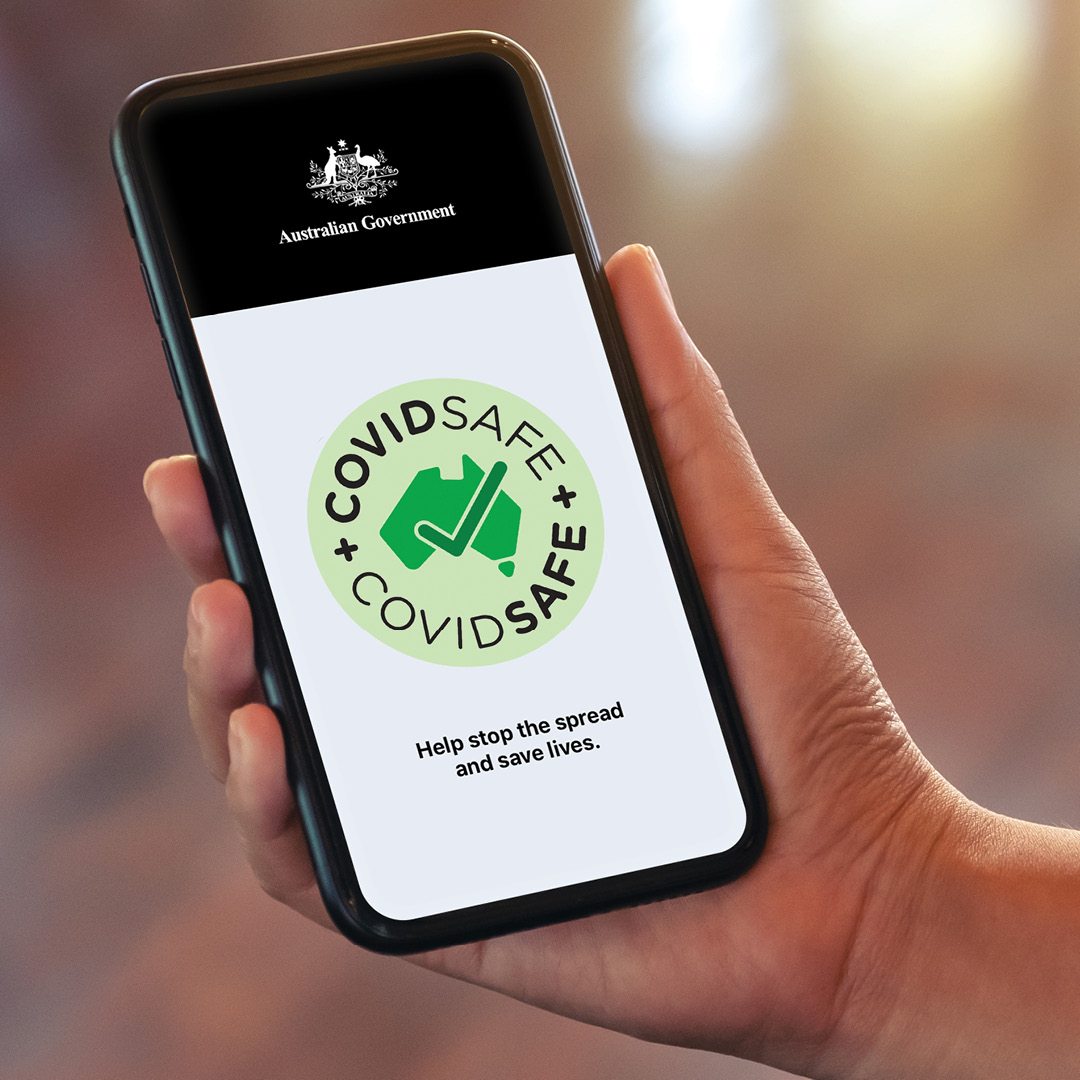Image Description: A hand holds a smartphone, with the COVIDSafe app on screen.
By Caleb Cheng
Cast your mind back a couple of months ago and the COVIDSafe app was sold as Australia’s ticket to normality. A few months later and authorities are reporting that in no new cases in any Australian states were discovered as a result of COVIDSafe tracking, despite the data being accessed more than 400 times. In fact, in Western Australia and Queensland, not one person confirmed with the virus had downloaded the app on their phone.
The COVIDSafe app, which cost taxpayers $1.3m dollars, has been downloaded more than 6.4 million times – about a quarter of Australia’s population. It aims to detect interactions where COVID-19 could spread, which is defined as fifteen minutes within a 1.5m distance. Why is it that so far, the app has done seemingly nothing in the battle against coronavirus? Authorities claim that its ineffectiveness is due to the case count being so low and Australians practicing social distancing. But recently, reports have been released that suggest that there are systematic issues in data collection and distribution to health authorities.
Although available on both Android and iOS devices, it has been revealed that the app’s effectiveness in collecting data is not consistent across the board. Testing data provided to the Senate showed its effectiveness, especially in screen-locked iPhones where the app is running in the background, is an ongoing issue – which is by far the most frequent scenario, as very few people are going to be walking around with the COVIDSafe app permanently open. At the launch of the app it was even worse, working less than 25% of the time between locked iPhones.

Image caption: Testing data shows that as it stands, locked iOS devices have a 50-80% chance of logging an interaction
During a COVIDSafe panel, Matthew Robins (Mobile development expert, creator of MFractor), explained the differences from a developer perspective. On Android, Bluetooth runs as a ‘service’, and Robins related the service to a car engine, “always running under the hood doing scanning and the advertising of the Bluetooth signal.” However, the iPhone operating system, iOS, prioritises the app that is in the foreground and system services over third-party apps running in the background – probably to prevent unnecessary battery drain. This means that Bluetooth signals from the COVIDSafe app can “decrease or stop altogether”.
While the government previously stated it would not be working with Apple and Google, this changed when it was revealed both companies would be making changes to their software specifically for coronavirus tracking apps. The changes – already implemented in the latest iOS updates — allow government apps to have greater control over the Bluetooth capabilities of the phone to improve data collection and transmission. We should soon see updates to apps to make use of this framework, including Australia’s COVIDSafe, Singapore’s Trace Together, and the UK’s NHS COVID-19.

Image Caption: The COVIDSafe app setup on an iPhone.
Aside from the technical concerns, it is unclear exactly how accessible the data is to local health authorities. In Tasmania, the Northern Territory, the ACT, Western Australia and South Australia, where there are few or no coronavirus cases, the local health departments told the ABC they have had no opportunities to use the app data.
For some good news about the app, the sentiment of cyber security community has been overwhelmingly positive in regard to use privacy when analysing the app. Location and handshake data are securely stored locally on your phone and is deleted after twenty-one days, with Robins stating the COVIDSafe app is “above board, very transparent, and following industry standard”, following in the vein of most coronavirus tracker apps.
With the quickly evolving situation in Victoria, upgrades to COVIDSafe app with the new Apple and Google frameworks will be hotly anticipated. Authorities are insistent that regardless of updates, if the situation continue to worsen, the COVIDSafe app will prove to be a more useful tool for controlling coronavirus.
Images courtesy of the Digital Transformation Agency, ABC News, and COVIDSafe

